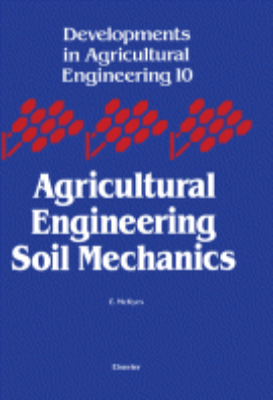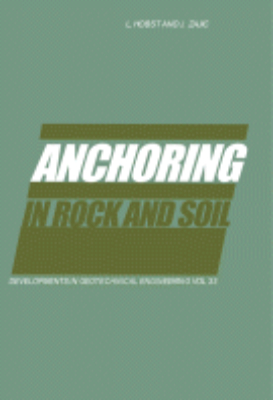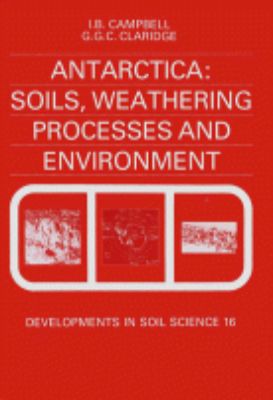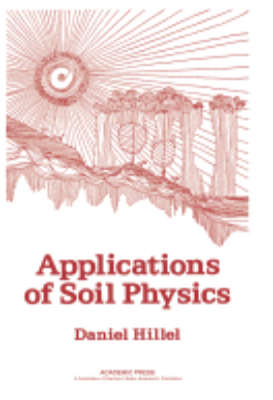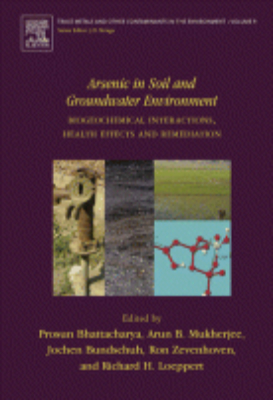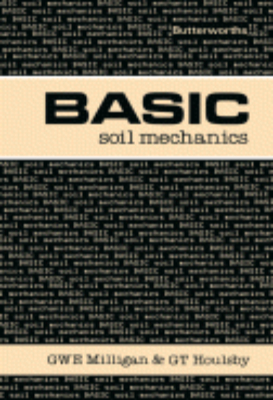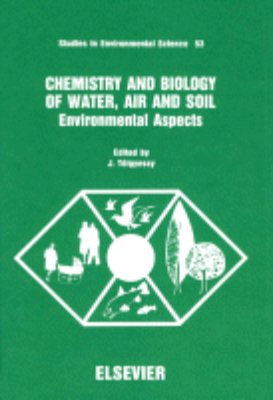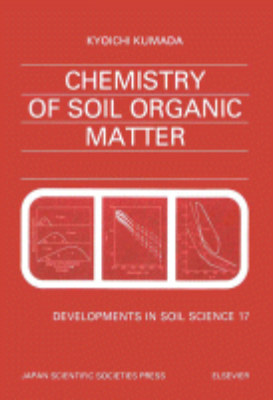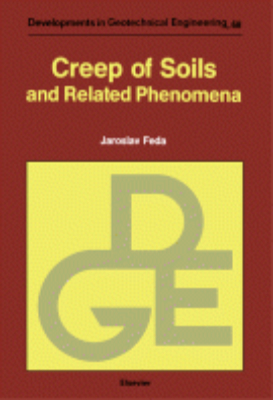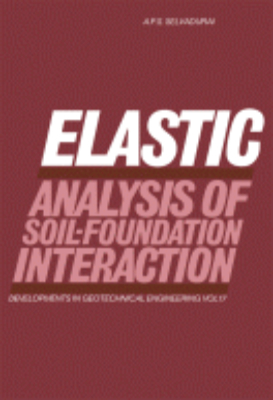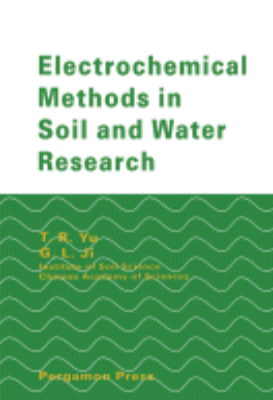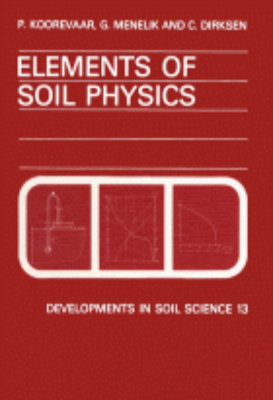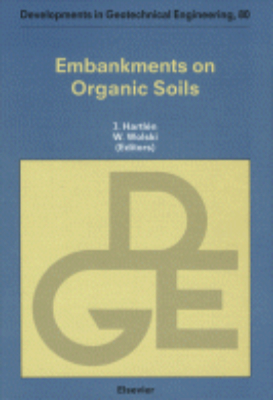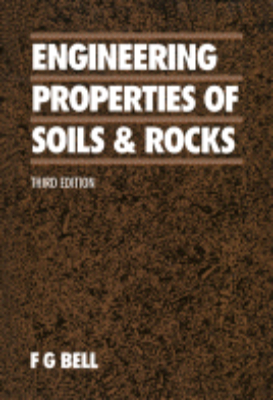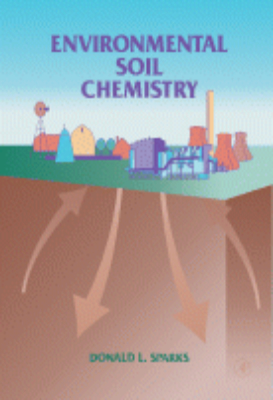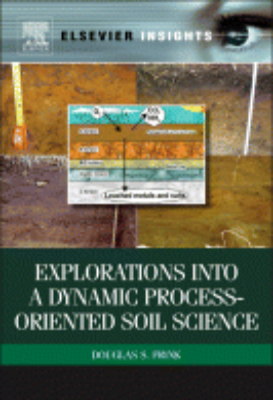E-Resources
Advances in Soil Organic Matter Research
The papers in this volume provide a balanced account of developments in soil organic matter research. It focuses on composition and structure, water quality, organic matter turnover, humus quality and fertility, and is essential reading for all those concerned with the environmental aspects of soil conservation and improvement.
Agrochemicals in Soils
Agrochemicals in Soils contains selected papers from a joint meeting of the Soil Chemistry, Soil Fertility, and Soil Clay Mineralogy Commissions of the International Society of Soil Science, in Jerusalem, Israel. The book is organized into four parts. Parts 1 and 2 deal mostly with the chemical reactions of agrochemicals in the soil. Part 3 explores the movement of agrochemicals in the soil and Part 4 elucidates some aspects of agrochemicals and pollution. Each section begins by one or two invited papers presenting an overview of the topic of the section. Contributed papers follow reporting the results of experimental studies and theoretical analyses of related specific topics. This book will contribute to a better understanding and efficient control of the soil environment.
Applications of Soil Physics
Applications of Soil Physics deals with the applications of soil physics and covers topics ranging from infiltration and surface runoff to groundwater drainage, evaporation from bare-surface soils, and uptake of soil moisture by plants. Water balance and energy balance in the field are also discussed, along with tillage and soil structure management. The development and extension of Penman's evaporation formula is also described. This book is comprised of 14 chapters and begins with a systematic description of the field-water cycle and its management, with emphasis on infiltration and runoff; redistribution and drainage; evaporation and transpiration; and irrigation and tillage. Subsequent chapters focus on transpiration from plant canopies; freezing phenomena in soils; scaling and similitude of soil-water phenomena; spatial variability of soil physical properties; and movement of solutes during infiltration into homogeneous soil. Concepts of soil-water availability to plants are considered, together with principles of irrigation management and the advantages and limitations of drip irrigation. This monograph is intended for upper-level undergraduate and graduate students of the environmental, engineering, and agronomic sciences.
Design and Construction of Soil Anchor Plates
Primarily designed and constructed to resist outwardly directed loads imposed on the foundation of a structure, anchor plates play an important role in the design of structures (including seawalls, transmission towers, tunnels, buried pipelines, and retaining walls). Design and Construction of Soil Anchor Plates focuses on the various theories based on the design and construction techniques of anchor plates in soil mechanics. The focus of this reference is on design methods, theories, and procedures for constructing permanent or temporary ground anchors and anchored systems. Topics include: General Requirements of Vertical Anchor Plates and Design Criteria, Estimation of Ultimate Capacity in Vertical Anchor Plates, General Requirements of Vertical Anchor Plates and Design Criteria, Type and Length of Inclined Anchor Plates, Early Theories on Anchor Plates in Multi-Layers Soil, and Basic Theories on Passive Pressure in Vertical Anchor Plates. With this reference, researchers and designers will find a valuable guide to the various theories, techniques, and equations for anchor design.
Determination of Metals in Natural Waters, Sediments, and Soils
Determination of Metals in Natural Waters, Sediments and Soils provides analytic labs with a comprehensive overview of the various methods available for analysis of metals and serves as a manual to determine metal concentrations in different media such as natural waters, waste waters, sediments and soils. The book begins with a discussion of sampling techniques and preservation and then covers metals in rivers, surface ground and mineral waters and metals in aqueous precipitation. It concludes with detailed information on analysis of metals in sediments. Determination of Metals in Natural Waters, Sediments and Soils provides a foundation for informed action by environmental interest groups and regulators and a starting point for further study by graduate students, professionals, and researchers.
Digital Terrain Analysis in Soil Science and Geology
Digital Terrain Analysis in Soil Science and Geology, Second Edition, synthesizes the knowledge on methods and applications of digital terrain analysis and geomorphometry in the context of multi-scale problems in soil science and geology. Divided into three parts, the book first examines main concepts, principles, and methods of digital terrain modeling. It then looks at methods for analysis, modeling, and mapping of spatial distribution of soil properties using digital terrain analysis, before finally considering techniques for recognition, analysis, and interpretation of topographically manifested geological features. Digital Terrain Analysis in Soil Science and Geology, Second Edition, is an updated and revised edition, providing both a theoretical and methodological basis for understanding and applying geographical modeling techniques.
Digital Terrain Analysis in Soil Science and Geology: 2012
Digital Terrain Analysis in Soil Science and Geology provides soil scientists and geologists with an integrated view of the principles and methods of digital terrain analysis. Its attention to first principles and focus on error analysis makes it a useful resource for scientists to uncover the method applications particular to their needs. Digital Terrain Analysis in Soil Science and Geology covers a wide range of applications in the context of multi-scale problems of soil science and geology.
Earth Reinforcement and Soil Structures
Earth Reinforcement and Soil Structures provides a coverage of the basic aspects of reinforced soil. The book is comprised of 12 chapters that cover the theoretical elements up to the practical applications. The first two chapters provide the introduction and historical review of the subject of reinforced soil. The third chapter presents a catalogue of some of the application areas for the use of earth reinforcement, while the fourth chapter covers the theoretical concepts. The next six chapters deal with the practical aspects of earth reinforcements, such as design, construction, costs, and durability. The remaining two chapters provide some worked examples and discuss the developments in earth reinforcement, respectively. The text will be of great use to undergraduate students of civil engineering and other related fields.
Ecology of Soil Seed Banks
Ecology of Soil Seed Banks examines the factors that influence seed bank dynamics and the variety of patterns found among different species. This book presents seed banks in a community context to explore the ecological implications of different patterns, and thus begin the development of a synthesis by comparing various communities. Organized into five parts, this book first examines the general processes that influence inputs or losses from the seed bank, including predation, dormancy/germination mechanisms, and their evolutionary importance. Then, this text examines seed banks in a community context. Only eight vegetation types are included, but the range in diversity of life form, length of growing season, and dominant environmental conditions allow comparisons of seed bank patterns. This book also explores the role of seed banks in vegetation management. This reference material will be a valuable reference material to population and community ecologists and managers. Evolutionary consequences of seed banks should be of interest to population and theoretical biologists.
Electrochemical Methods in Soil and Water Research
This book deals with the principles and practices of electrochemical methods as applied to soil and water research, particularly those that can be carried out in the field. Beginning with the basis of potentiometric methods, including electrode potential, principles of potentiometric methods, reference electrodes, liquid-junction potential and characteristics of ion-selective electrodes, the author then proceeds to describe the properties and applications of various types of potentiometric electrodes, including glass, solid-state membrane, liquid-state membrane, oxidation-reduction and gas sensors. A special chapter devoted to commonly encountered problems will aid readers not familiar with potentiometric methods. Voltammetric methods, conductometric methods and electrochemical instruments are also discussed.
Engineering Properties of Soils and Rocks: 1983
Engineering Properties of Soils and Rocks, Second Edition provides a survey of the engineering properties of the major types of soil and rock. The book is comprised of nine chapters that tackle the various aspects of soils and rocks. Chapter 1 covers the origin of soil and the basis of soil classifications. Chapters 2 to 5 discuss the different types of soils, such as coarse grained soils, cohesive soils, and organic soils. Chapter 6 deals with the engineering behavior of rock masses, while Chapter 7 talks about the engineering classifications of weathered rocks and rock masses. Chapter 8 discusses the engineering properties of rocks, and Chapter 9 covers subsurface waters and ground conditions. The text will be of great use to both undergraduate students and practitioners of engineering geology, civil engineering, and mining engineering.
Engineering Properties of Soils and Rocks: 1992
Engineering Properties of Soils and Rocks, Third Edition serves as a guide to the engineering properties and behavior of soils and rocks. The text also complements other texts on rock and soil mechanics. The book covers topics such as the properties and classification of soils such as tills and other kinds of soils related to cold climates, tropical soils, and organic soils such as peat. The text also includes the engineering behavior and properties, classification and description, discontinuities, and weathering of rocks and rock masses. The monograph is recommended for engineers who would like to know about the properties of soils and rocks and the application of their study in the field of engineering.
Environmental Soil Chemistry
As the author states in his Preface, this book is written at a time when scientific and lay communities recognize that knowledge of environmental chemistry is fundamental in understanding and predicting the fate of pollutants in soils and waters, and in making sound decisions about remediation of contaminated soils. Environmental Soil Chemistry presents the fundamental concepts of soil science and applies them to environmentally significant reactions in soil. Clearly and concisely written for undergraduate and beginning graduate students of soil science, the book is likewise accessible to all students and professionals of environmental engineering and science. Chapters cover background information useful to students new to the discipline, including the chemistry of inorganic and organic soil components, soilacidity and salinity, and ion exchange and redox phenomena. However, discussion also extends to sorption/desorption, oxidation-reduction of metals and organic chemicals, rates of pollutant reactions as well as technologies for remediating contaminated soils. Supplementary reading lists, sample problems, and extensive tables and figures make this textbook accessible to readers.
Explorations into a Dynamic Process-Oriented Soil Science
The paradigm and models of traditional soil science lack the ability to adequately address issues of soil dynamics, environmental integration, and change. Unexplainable research results obtained from traditional soil studies applied to non-traditional soil phenomena in physical geography, archaeology and ecology speak to the current need for soil science to move beyond description and classification and into a dynamic process-oriented soil science capable of providing explanations. Soils do not behave as static inert geologic detritus affected by climate, organisms, relief, and parent material through time, but instead soils behave as self-organizing systems dynamically interrelating with their environment. Recognition of this dynamic behaviour required a re-examination of how scientists in general think and in how modern soil science specifically evolved its basic paradigms and models. This book examines the dynamics of soil organic carbon and demonstrates the self-organizing nature of soil through time as soil responds to a wide range of environmental and human perturbations.


